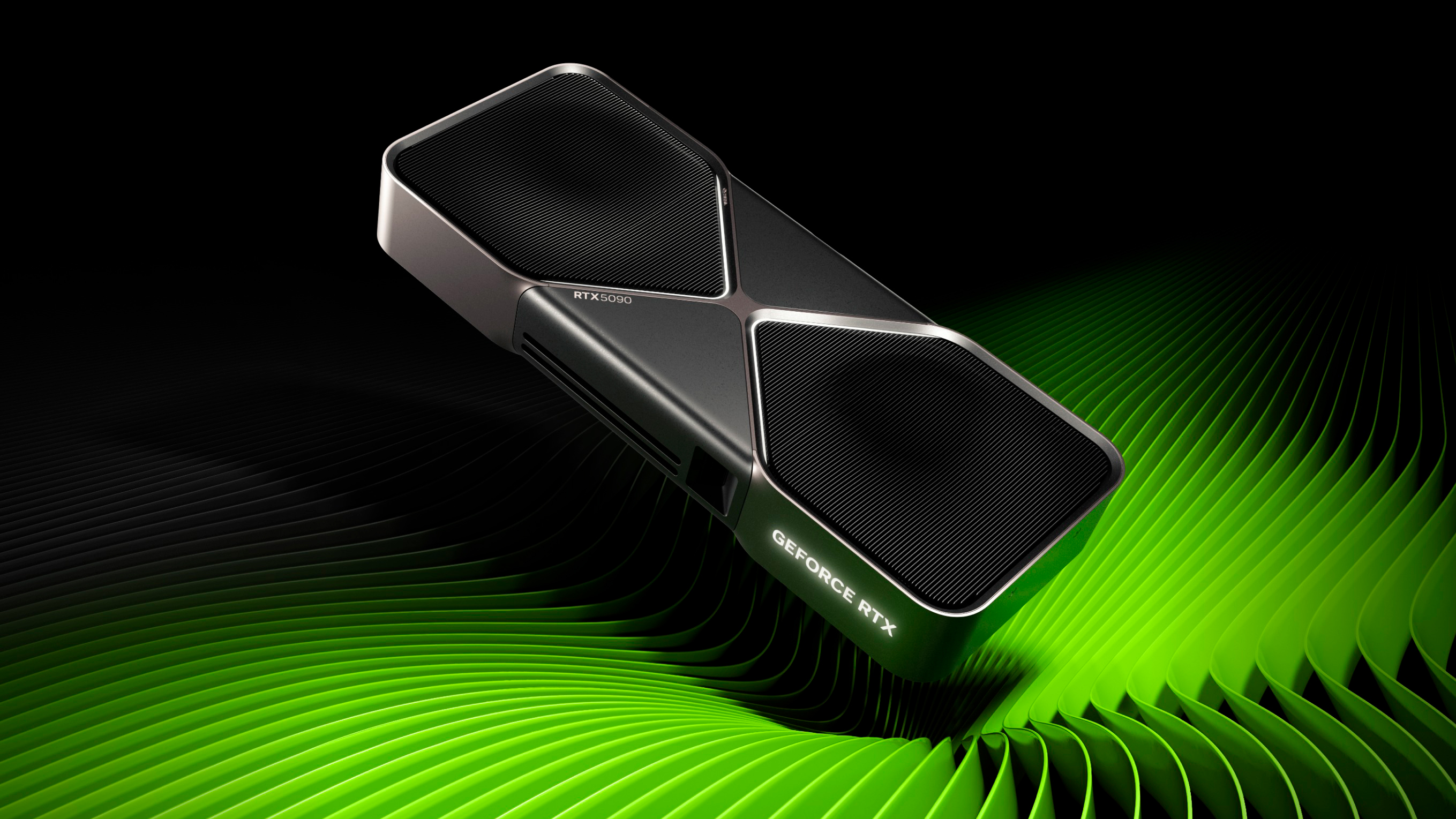RTX 5090 runs 2°C hotter with thermal paste than liquid metal — Arctic MX-6 vs. stock LM tested

Nvidia’s RTX 5090 Founders Edition is the first Founders Edition graphics card equipped with thermal metal. TechPowerUp tested the RTX 5090’s liquid metal by benchmarking the GPU with its stock liquid metal application against the GPU re-pasted with conventional thermal paste. The outlet discovered a two-degree Celsius difference in temperatures.
In TechPowerUp’s thermal testing, the RTX 5090 Founders Edition averaged 77.6 degrees Celsius. After replacing the default liquid metal material with Arctic MX-6 thermal paste, the outlet saw a 1.8-degree Celsius temperature elevation, with an average operating temperature of 79.4 degrees Celsius.
TechPowerUp’s testing confirms that the RTX 5090 Founders Edition can be swapped to a “cheaper” thermal paste material if necessary. The 1.8-degree difference in temperature between both thermal interface materials is virtually indistinguishable from a real-world performance standpoint. However, slight deviations in fan speed and/or room temperature can potentially cause a larger difference in GPU temperature compared to swapping the RTX 5090 Founders Edition from liquid metal to thermal paste.
The slightly higher 1.8-degree temperature from the thermal paste application also barely transitions the GPU closer to its maximum operating temperature. TechPowerUp discovered that Nvidia raised the throttling point on Blackwell from 90 degrees Celsius to 83 degrees Celsius, as opposed to 83 degrees Celsius on Ada Lovelace. This is just the throttling point, so it stands to reason that Blackwell can potentially operate up into the mid-90 degrees Celsius range without crashing, but this has not been confirmed.
On the RTX 5090 Founders Edition, it remains a mystery when Nvidia’s liquid metal application needs replacing. Nvidia has implemented a protective seal around the GPU die that protects the PCB from potential spillage and creates a vacuum seal around the GPU, allegedly stopping the liquid metal from oxidizing. This could significantly improve the liquid metal’s longevity, making a possible thermal paste replacement unnecessary.
Like motor oil, thermal paste and metal have a limited shelf life, specifically when under constant use, such as a system operating 24/7. After numerous thermal cycles, thermal paste and liquid metal can dry up, losing their thermal conductivity.
#RTX #runs #hotter #thermal #paste #liquid #metal #Arctic #MX6 #stock #tested
